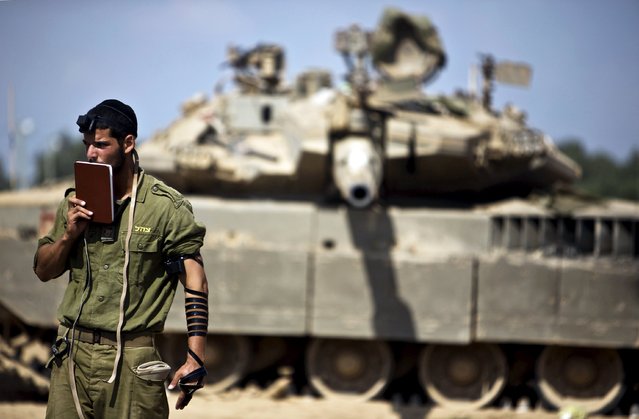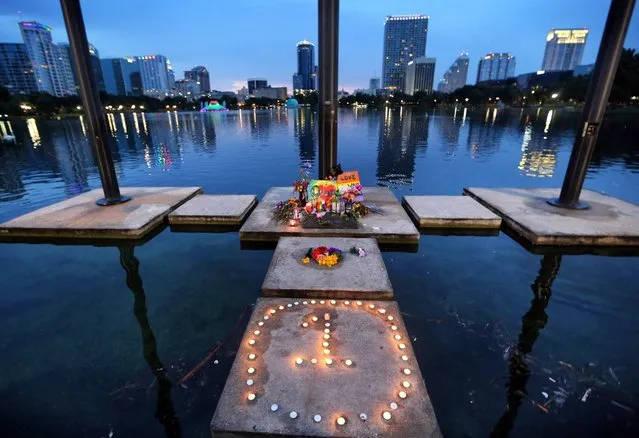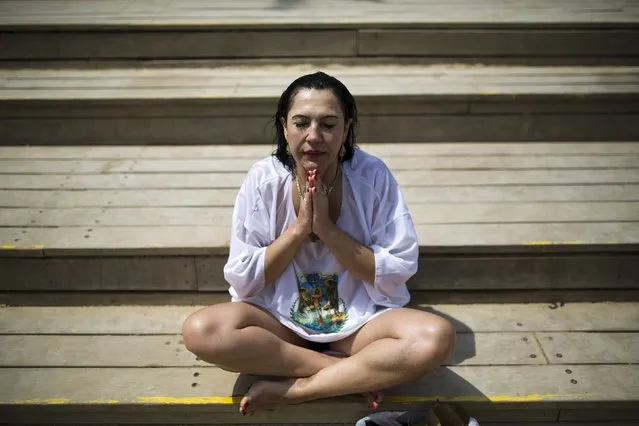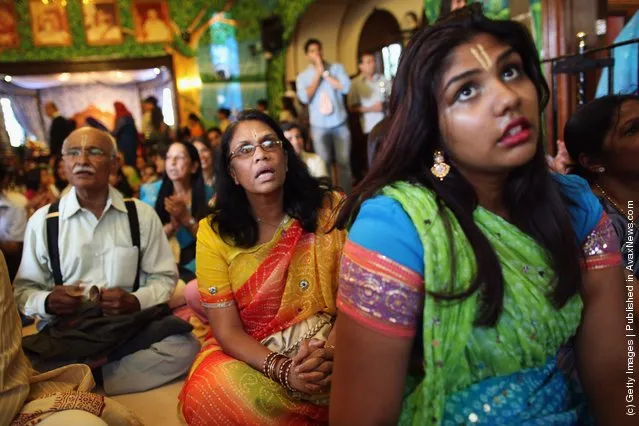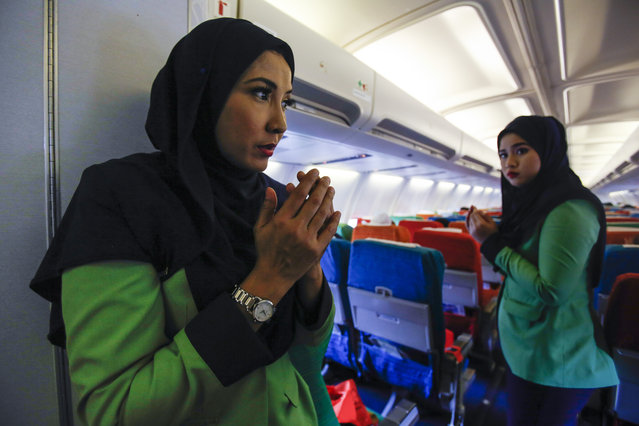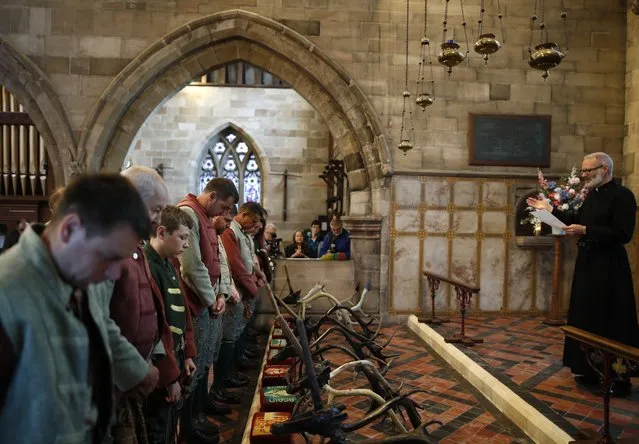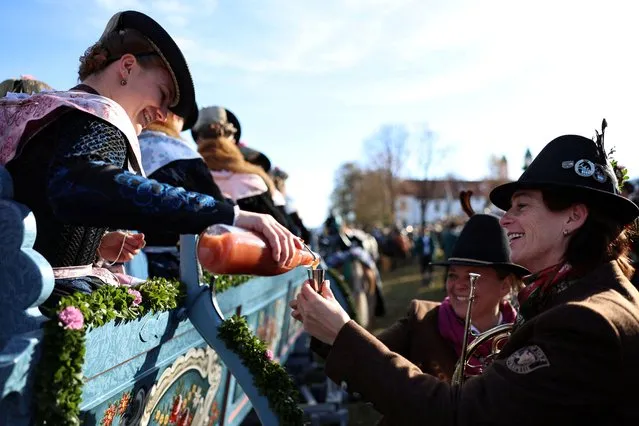
Farmers' wives, dressed in traditional Bavarian costumes, give out schnapps to the people from a wooden carriage on the way to the chapel on the Kalvarienberg during the Leonhardi Ritt procession, to pray to St Leonhard, the patron saint of animals, in Bad Toelz, Germany on November 7, 2022. (Photo by Lukas Barth/Reuters)
09 Nov 2022 05:37:00,post received
0 comments

